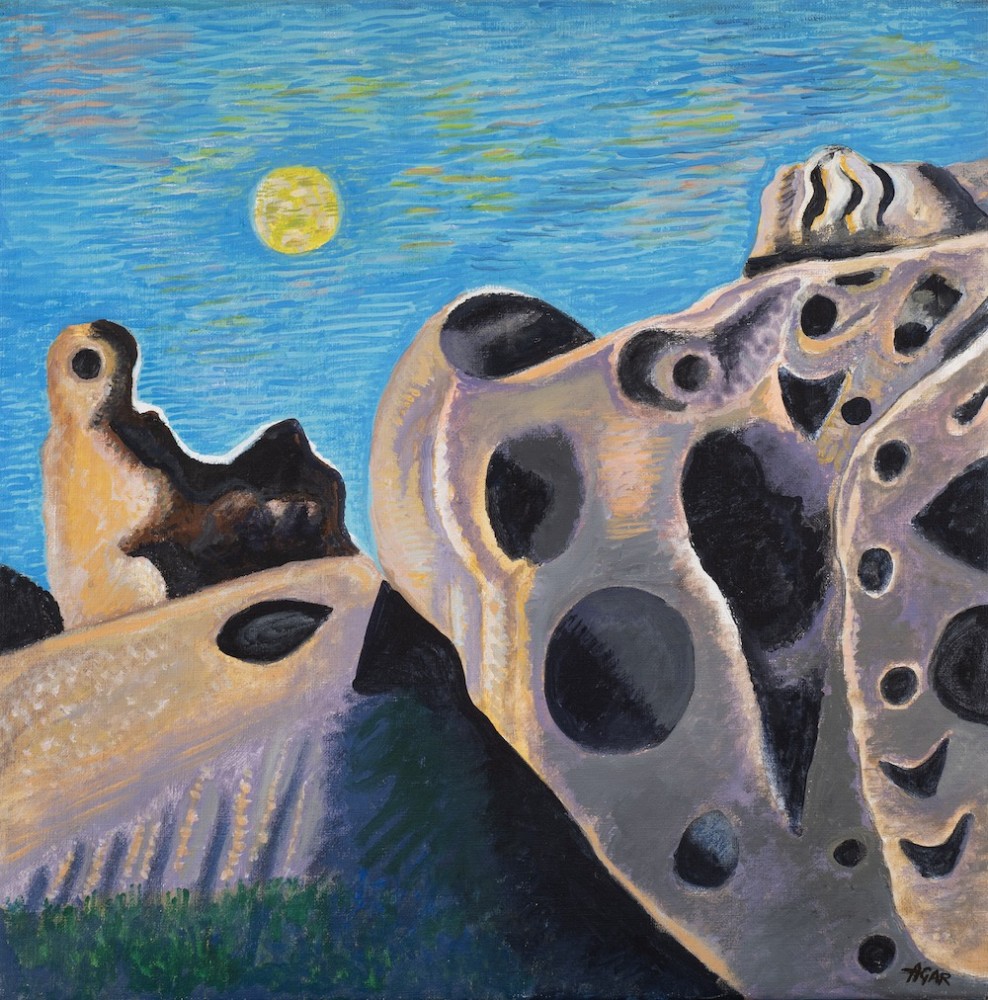Critics continue to champion 'revelatory' Agar retrospective
September 20, 2021
Critics from national newspapers have continued to champion the Eileen Agar retrospective at the Whitechapel, which received a five-star review from The Spectator, and four stars from both the Evening Standard and i.
Ben Luke, of the Evening Standard, describes Agar's 1936 Angel of Anarchy sculpture, from which the retrospective takes its name, as a "radical, uncanny object even today". In making a man - the writer Joseph Bard - her muse for the sculpture, Agar "subverts the Surrealist gender roleplay", says Luke. Similarly, Juliet Jacques, of Frieze, describes how the exhibition "highlights Agar's efforts to combine aspects of Surrealism and Cubism into a body of work that challenged the male dominance of both movements and was, above all, profoundly individualistic".
Ben Luke concludes his review by declaring that the exhibition "evokes an elastic, inquisitive, brilliant mind and a singular artistic voice".
Hettie Judah, in the i, writes how Agar is a "refreshing and inspiring figure to rediscover", while for The Spectator's Laura Freeman, "in its richness and strangeness, its wildness and wit, this is a five-star show".
Writing in the London Review of Books, Francesca Wade considered the importance of the sea in Agar's work; Agar once commented that the accumulation in her London flat was akin to a "sea-wreck cast up by the tide". Agar enjoyed beachcombing, and often used her findings as both literal and imaginative inspiration. Wade refers to the rocks at Brittany, which Agar likened to "prehistoric monsters sleeping on the turf". Agar photographed them in the 1930s to create a series of haunting black and white images, before transforming them, almost 50 years later, into "hallucinogenic" acrylic paintings.
In a recent issue of Vogue, the fashion designer Duro Olowu credits the Agar show for inspiring his new collection, which debuted at London Fashion Week. In particular, he was drawn to the "driftwood, plankton, seashells" that Agar found washed up on the beaches, and which were often glued onto paintings and drawings.


